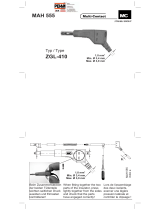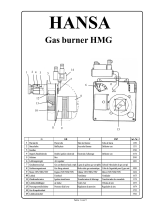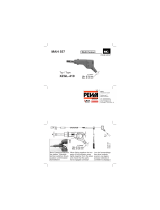
20
CONTENTS
Nomenclature ..................................................... 18
Scope of delivery
................................................ 18
Foreword
............................................................. 19
Disposal of electrical and
electronic equipment
....................................... 21
Attaching the carrying cord
................................. 22
Inserting and changing the battery
..................... 22
Battery charge level
............................................ 23
Use with and without glasses
.............................. 24
Dioptric compensation
........................................ 24
Setting the unit of measure ................................. 25
Range finding
....................................................... 26
Scan mode
.......................................................... 26
Operating range and accuracy
............................ 27
Display of atmospheric conditions
........................28
Holdover display
.............................................. 28
Setting the zeroing range
.................................... 29
Determining the ballistic curve
............................30
Setting the ballistic curve .................................... 30
Indication of set ballistic curve and
zeroing range
................................................... 31
Care/cleaning
..................................................... 32
Spare parts
......................................................... 32
Troubleshooting
.................................................. 33
Technical data
..................................................... 34
Leica Academy
.................................................... 35
Leica on the Internet
........................................... 35
Leica Information Service
................................... 35
Leica Customer Service
...................................... 3 5
Appendix / Ballistic tables
................................ 146






















